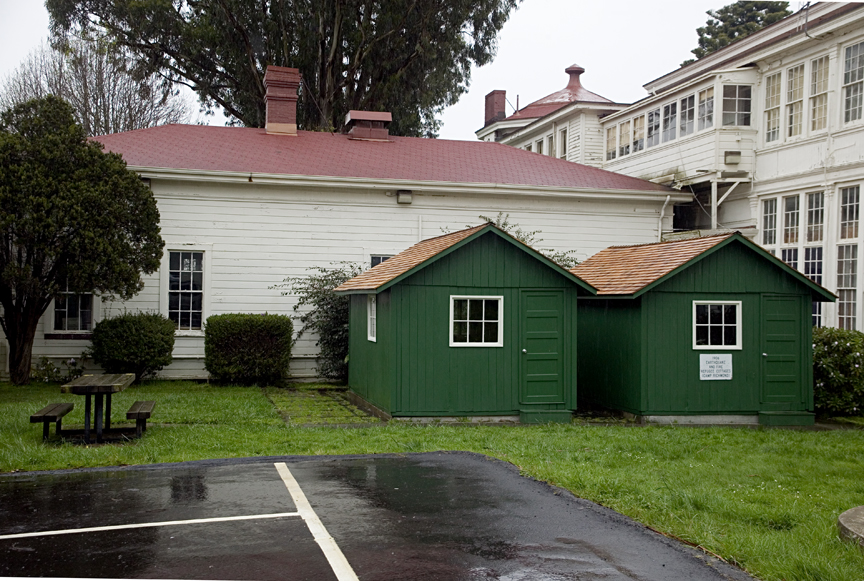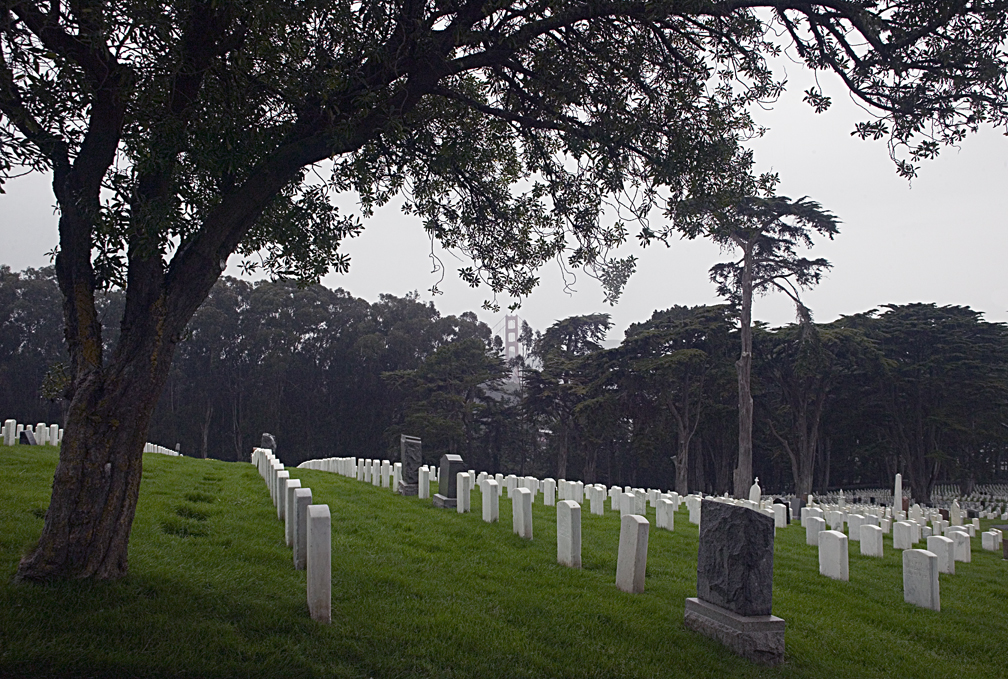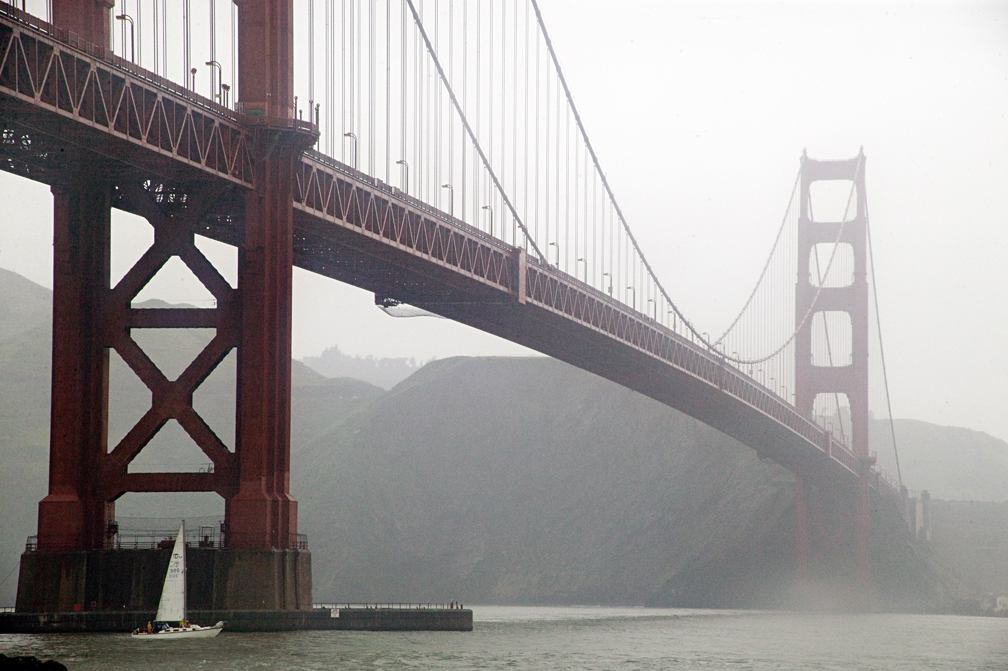RON HENGGELER |
April 2, 2006
1906 Earthquake Shacks and Quake Camp
SAN FRANCISCO
The rent was $2 a month, gave quake refugees a roof
A restored shack to be open to public on Market Street
- John King, Chronicle Urban Design Writer
Thursday, March 30, 2006
The newest building on Market Street may also be the most humble.
Its walls are 1-inch-thick redwood boards. Those walls enclose 140 square
feet of space -- less than one-third the size of a premier room at the sleek
Four Seasons Hotel next door. The steeply pitched shingle roof is held aloft
by a thin skeleton of rafters.
The shack arrived Sunday after a journey that began in 1906, when it was
among the 5,610 constructed for earthquake refugees. Now, tucked inside a
big white tent, the small shack has hit the big time -- but only for a
month.
"It's surreal," says Chris VerPlanck, an architectural historian and one of
the volunteers who spent the past year restoring the shack to its spare
essence. "I love the idea of putting this smack down in the middle of 21st
century San Francisco's sea of consumerism."
The tiny green structure will be open to the public during April as part of
a larger earthquake display organized by the city's Department of Building
Inspection. It sits on Yerba Buena Lane between two infinitely larger
structures, the Four Seasons and Marriott hotels, having arrived at dawn
Sunday on a flatbed truck after spending the last year behind the San
Francisco Zoo's African Savannah.
At least 25 other shacks remain in the city as reminders of the fall of 1906
when much of San Francisco remained homeless in tents after the April 18
quake and fire that destroyed most of the city.
With winter rains drawing near, union carpenters responded with an
assembly-line operation in 11 camps established in parks and squares across
the city, churning out dozens of shacks a day between September of 1906 and
March of 1907.
The charge was $2 per month per shack; for $12 to $25 the shack could be
moved to private property as families resettled their land. By the summer of
1908, the refugee camps were history and shacks were scattered across the
landscape.
That any remain at all is a tribute to the frugality of past San
Franciscans: VerPlanck describes the structures as "so insubstantial ... A
little frame around the doors and windows, and that's it. They were only
meant to last a year or two."
Instead, owners wrapped them in exterior siding. Added interior walls and
dropped the ceilings to install electricity. Cobbled two or three together
to make the semblance of a spacious home.
Of the identified shacks that survive, only a cluster of four at 1227 24th
Avenue in the Sunset are designated as city landmarks. Two sit in the
Presidio; two form the second floor of a recently expanded house near the
Daly City border. Others have turned up in Santa Cruz and Merced County.
But nobody really knows how many shacks exist -- because some, like the one
on Market Street, escape detection until somebody wants to tear them down.
That was the case on Kirkham Street in the Outer Sunset, where two brothers
inherited a patch of land from their mother and filed a demolition notice in
2002 for the two weary cottages on the site.
In fact, the two cottages were four shacks that had been joined together
around 1910. After learning that, the brothers offered to move them instead
of tear them down. And after three years of phone calls and false leads,
Woody LaBounty of the Western Neighborhoods Project found a short-term
recipient: the San Francisco Zoo, which agreed to let the shacks hide out
behind the African Savannah until they were restored.
The orphans arrived last March -- and since then, LaBounty and a handful of
fellow shack enthusiasts have discovered how exhausting the salvation
process can be.
Because the cabins were wrapped in decades of siding and insulation, a
painstaking striptease was necessary before "real" work began.
The Market Street shack had five layers of linoleum removed from the floor,
says volunteer David Gallagher. While giving a tour of the three orphaned
shacks behind the zoo, he pointed to the small holes riddling one
structure's walls. "At some point you're pulling out hundreds of nails, one
after the other, taking care not to pop the whole thing apart," he said.
Now, the challenge is to find permanent homes -- no easy task in a city
where every square inch of soil is in demand.
The Presidio Trust was approached but declined. Park officials begged off
for reasons of security and maintenance. The Oakland Museum loved the idea
of including one in its new "Aftershock!" exhibit but couldn't figure out
how to get the structure through the door. Downtown banks had a similar
problem.
The monthlong turn in the Market Street spotlight comes courtesy of Laurence
Kornfield, a chief inspector at the building department.
"There's been lots of attention to earthquake hazards and the immediate
response, but how do you house people in the longer term" after an
earthquake, he asks rhetorically. Thus, his interest in placing a shack on
view.
There's another reason.
"I hope this (1906) commemoration will lead to some permanent centralized
display about the earthquake," Kornfield says, "and I'd like to see the
shacks as part of that."
Meanwhile, the Market Street shack's destination after April isn't clear --
perhaps back to the zoo, waiting for a new century and a new lease on life.
"Just like the people lived in them," Gallagher muses. "On the margin."
------------------------------------------------------------------------
Shack facts
-- The 5,610 shacks built in San Francisco the year after the 1906
earthquake came in four models ranging from 140 square feet to 375 square
feet.
-- The average construction cost was $135 - that's $2,770.68 in 2006
dollars.
-- They had no toilets, kitchens or insulation, although stoves could be
installed at the refugee camp.
-- After the city closed refugee camps late in 1907, most shacks began a
second life as starter homes or building blocks. For instance, three shacks
were combined at 1227 24th Ave. in the Sunset District to form a small home
that is now a city landmark. An additional shack sits at the rear of the
lot.
-- One newly restored shack can be visited by the public between 10 a.m. and
6 p.m. from Monday to April 29 at Yerba Buena Lane, on the 700 block of
Market Street. It is the centerpiece of an exhibit on earthquake-savvy
construction methods organized by the San Francisco Department of Building
Inspection.
These two cottages, survivors of the refugee camps that sprouted like mushroom fields all over the city in 1906, have sat for years in sorry disrepair behind barracks in the Presidio. Recently, they got some much needed attention and tender loving care...(sort of like an all day affair of treatments at the Nob Hill Spa). The cottages are located not far from the outdoor tent exhibit. Survivors: Life in an '06 Quake Camp. The tents are located next to the Fire Station in the Presidio at the corner of Lincoln and Halleck Streets. |
Presidio Cemetery The south tower of the Golden Gate Bridge seen from the top of the hill inside of the Presidio cemetery in the middle of a pouring rain. As of Saturday, we broke the record for rain fall in March since record keeping began in the mid 1800's. |
Why I live in San Francisco . . . The views and the weather. |
1906 Quake Camp Throughout April, one can visit an outdoor tent exhibit titled Survivors: Life in an '06 Quake Camp. It is located next to the Fire Station in the Presidio at the corner of Lincoln and Halleck Streets. Also, on Saturday April 22nd, the Presidio 1906 Commemorative Event will be held. There will be music, history, tours, and earthquake preparedness at the Presidio Fire Station. http://www.presidio.gov This photo was taken in the rain on Sunday afternoon. |
Birds on the wire in the rain waiting out the storm. Crissy Fields. |
Newsletters Index: 2015, 2014, 2013, 2012, 2011, 2010, 2009, 2008, 2007, 2006
Photography Index | Graphics Index | History Index
Home | Gallery | About Me | Links | Contact
© 2015 All rights reserved
The images are not in the public domain. They are the sole property of the
artist and may not be reproduced on the Internet, sold, altered, enhanced,
modified by artificial, digital or computer imaging or in any other form
without the express written permission of the artist. Non-watermarked copies of photographs on this site can be purchased by contacting Ron.




